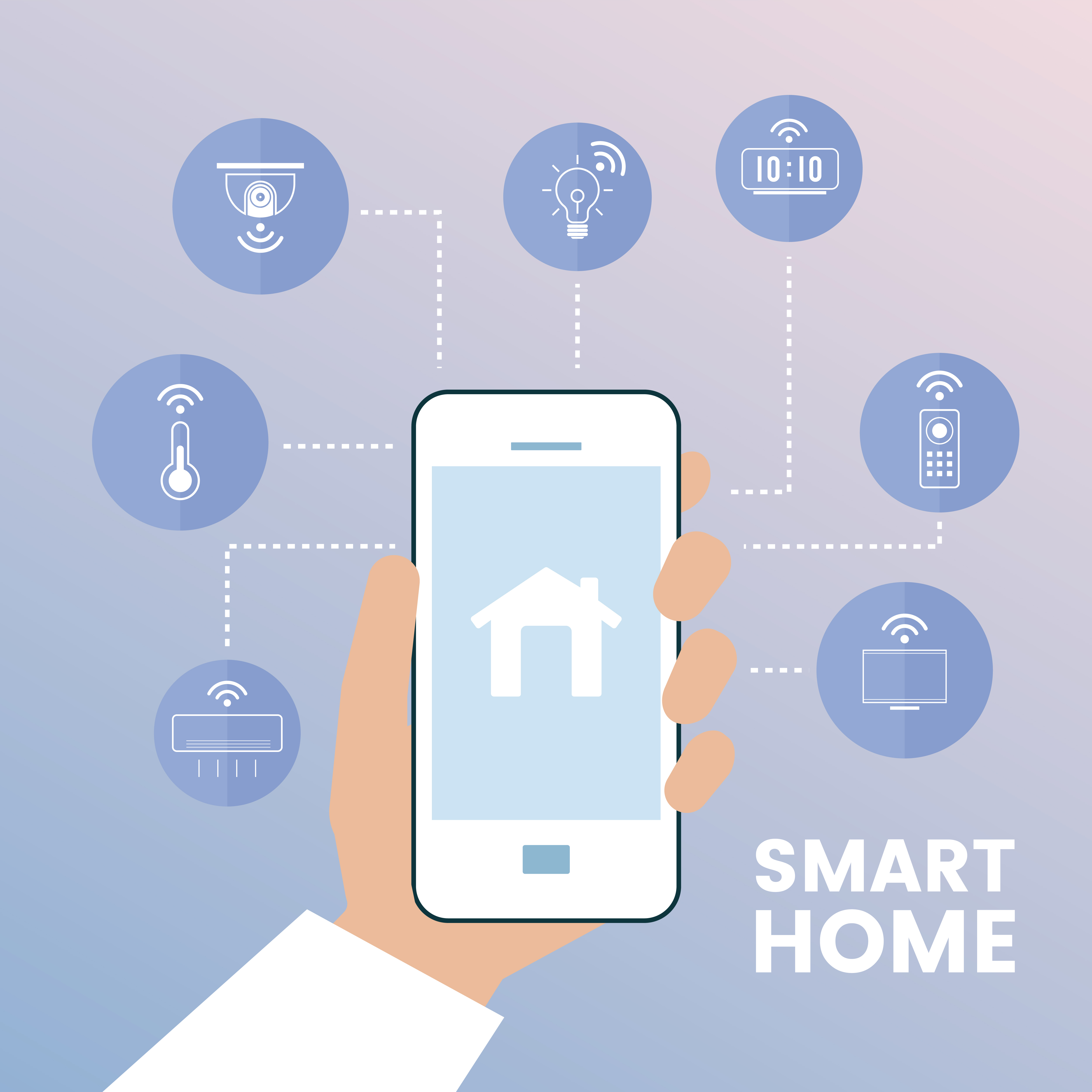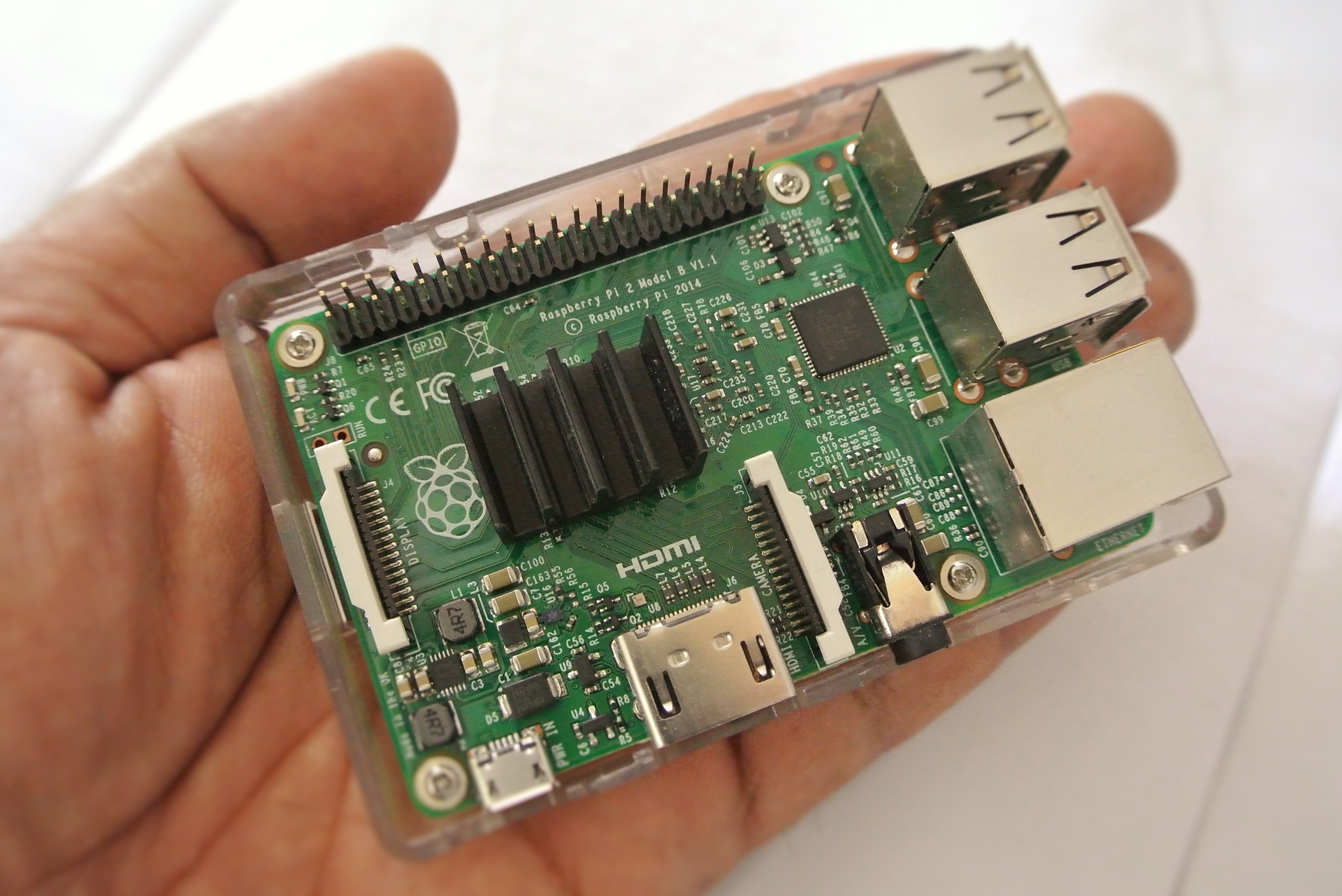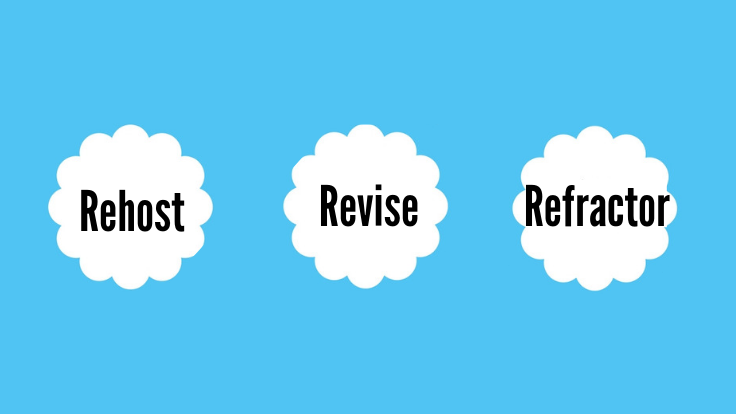Almost everyone has been heard of this term ‘IoT’, but never could have actually figured out that what it really is. Well, let’s get familiarize to the topic by introducing the person who coined this term. Kevin Ashton coined this topic in 1999 at presentation to Procter and Gamble. Kevin co-founded MIT’s Auto-ID Lab. He believed that Radio-Frequency Identification (RFID) is essential to the internet of things, which basically allows computers to manage all individual things. heard of a company named zensi, it’s about energy sensing and monitoring technology, it was started by Kevin Ashton as well.
Introduction to IoT
So, what is IoT? If put in a simple way, IoT can be any ‘thing or object’ which is connected to the internet than people. It is more a device that has sensors in it with the ability to collect and transfer data over a network without human intervention. The technology which is embedded in the device helps it to interact with internal states or within itself and of its external environment which helps in the decision-making process. In short, IoT describes the internet where data is created by things.
Gartner stated, by 2020 there will be more than 26 billion connected devices and will keep on increasing as it grows further and can reach up to 100 billion devices. Just like us, the humans the network is only going to get stronger and will increase the object-object and people-object connection. Imagine the giant network of connected things where IoT does not only impact the standard of living but also how we perform our day-to-day tasks. And just like humans learn from each other those devices who are in a network will learn experiences from other devices.
Here’s a quote by Kevin Ashton on IoT –
“If we had computers that knew everything there was to know about things—using data they gathered without any help from us—we would be able to track and count everything, and greatly reduce waste, loss, and cost. We would know when things needed replacing, repairing or recalling, and whether they were fresh or past their best.”
Whenever a new product is being released, before going to the consumers they test it manually for the error and defects which that product may come up with, and then we learn from those errors and defects and try to eradicate it. It’s a process. In the same way, a room temperature sensor collects data and transfer it across the network, which is received and used by multiple other devices or sensors to adjust their temperature accordingly. For example, a refrigerator’s sensor will receive the outside temperature and will adjust its internal temperature according to it. And air conditioners are already sensing the room temperature and adjusting the power according to it. This is how devices create their own eco-system by interact, contribute and collaborate. Currently, we are surrounded by lots of IoT enabled devices that are continuously connected to each other and emitting data and communicating through multiple devices. IoT will be the future and will survive as technology grows. All the data is stored in the cloud and many organizations provide cloud consulting services maintain and optimize the data.

Related Post: What is the perfect Cloud Computing Service for your Business?
Advantages of IoT
IoT has the functionality that devices could be controlled remotely across the internet. So, by the use of the sensors and the internet IoT created opportunities to directly connect and integrate the physical world to the computer-based systems. It will create automation in nearly all fields by the interconnection of these multiple embedded devices. therefore increasing the efficiency, accuracy and economic benefit with less human intervention. It encapsulates technologies such as smart grids, smart homes, intelligent transportation, and smart cities. Some major advantages of IoT
1. Better customer engagement
Automation of action is vastly improved by the help of IoT, for example, a car will automatically detect the issues within the car by the help of the sensors built in it. The driver, as well as the manufacturer, will get notified about it. Till the time driver takes the car to the service station, the manufacturer will make sure that the faulty part is available in the service station so it can be repaired or replaced immediately.
2. Optimized Technicality
Improving technologies and making them better is another benefit of IoT, the car manufacturer can collect the sensor data from so many different cars and analyze them to optimize their design and functionality and make them much more efficient.
3. Reduced Waste
Till now, what we know about the insights are they are superficial, but with the help of IoT, we can get real-time information leading to effective decision making and management resources. For example, just imagine there is a fault in the entire manufacturing belt of the spare part that car which broke down and there are problems with multiple engines, he can track the manufacturing plant of those engines and can correct the issues with manufacturing belt.
Hardware required for IoT
Ever wondered what hardware we might need for preparing an IoT solution? well, the answer is simple. The raw materials required for it is ‘sensors’ which senses the environment, and also a remote dashboard to monitor your output and display it in a clear form. And lastly, you will require a device that can connect to the internet, or is capable of serving and routing. Detecting specific conditions and taking actions accordingly would be the key function of these devices. Here comes the tricky part, we should always secure the connection and communication between the devices and the dashboard.
Accelerometers, temperature sensors, magnetometers, proximity sensors, gyroscope, image sensors, acoustic sensors, light or photosensors, pressure sensors, gas RFID sensors, humidity sensors, and micro-flow sensors are some of the common sensors we are surrounded with. Nowadays, we are familiar with devices like smartwatch, shoes and 3D glasses, these devices are best examples for smart solutions. The 3D glass is capable of adjusting the television’s brightness which is comfortable to one’s eyes, and smartwatches keep track of your daily activities and they also keep track of the heart rate which gives us approximate insights of our health. A device called Raspberry Pi is a credit-card-sized computer developed in the United Kingdom by the Raspberry Pi Foundation. It has four USB ports, one LAN port, one audio port, one HDMI port, one SD card slot, one general-purpose Input/Output [GPIO] port, and one charger port. The current generation device also houses Bluetooth and Wi-Fi.

But, the most important device which has tremendously contributed to IoT is cell phones. Mobile apps are the most revolutionizing contribution to the technology of the world. Cell phones are devices that come with apps and sensors which reveal a lot of information about the user. From geo-location information to tracing light conditions, also to orientation of the device and a lot more information. Since the main function of a cell phone is to make calls, so cellular function, and other functions like Wi-fi, Bluetooth are some of the connectivity options the cell phone comes with which helps them to communicate with other devices. Because of all these functions, the cell phone remains the core of the IoT ecosystem. Further, it can now talk with the smartwatch and fitness band to ease and improve the user experience. Bluetooth, Wifi, NFC, RFID, radio protocols and Wifi-Direct are some major technologies and protocols to communicate with devices based on requirements. Across all industries and markets, IoT applications are flourishing. The IoT has a crowd of expansion over various industries, including the vast group of users, from individual who wants to conserve energy by implementing IoT automation to the large scale companies who want to enhance their business operations. IoT not only is very useful in optimizing critical applications but also they have enhanced the concept of advanced automation which we have imagined a decade ago. Let’s now dig into the capabilities of IoT across different industries and look at how they are revolutionizing them.
Applications of IoT Across Various Industries
Here are some major industries where IoT is integrated and been proven it’s worth. Automation with the help of IoT is the key to the technology of the future.
Energy Industries
Due to an increase in the rates of energy, individuals, as well as organizations, are looking for a way to take control of consumption in their hands. Hence, IoT provides a solution for not only monitor the energy usage at the application level but also at house level, grid-level or maybe at the distribution level. Devices used to measure and monitor energy consumption are smart meters and smart grids. It protects appliances by detecting threats to system performance and stability.
Healthcare Industries
Fitness bands and smartwatches have revolutionized the frequency of health monitoring. An individual can monitor hos own health by the help of it. And if a patient is reaching the hospital by ambulance, his reports are prepared and been diagnosed by doctors by the time he reaches the hospital, and can quickly start the treatment as soon as he reaches there. Furthermore, that data is collected and analyzed by doctors to find various information about the diseases and find a cure for it.
Education Industry
In order to fulfill the gaps in the education industry, IoT provides education aid. It not only improves the quality of education but also enhances the cost and furthermore, enhances the management by taking student’s performance and response into consideration.
Government
IoT also provides solutions for building smart cities. Armed forces systems and services are also enhanced by the help of IoT. Be it better Border Security or high-performance vehicle, everything is taken care of from the data which is collected and analyzed.
Air and Water Pollution
We can detect the pollution in air and water by frequent sampling with the help of various sensors. Substantial contamination is prevented because of it. IoT automation plays a vital role in this industry as is allows the operation to minimize human intervention in farming analysis and monitoring which notifies the user if there is any change in the structure of crops, soil, environment and more.
Transportation Industry
Self-driving cars with sensors, traffic lights that can sense the traffic and switch automatically, parking assistance, giving us the location of free parking space, etc are some of the existing IoT examples in the transportation industry. Like we discussed above in an example, there are sensors in the vehicle which indicate about the current status of the vehicle, so we don’t run into problems while driving. By the end of 2021, it is projected that 82% of cars will be connected to the cloud or the internet.
Marketing Industry
By delivering relevant content and solutions, organizations analyze and respond to customer preferences, using IoT. Business strategies could be improved in real-time.
Business Process Industry
Inventory management and automation are possible by using IoT, ultimately, smart devices will be implemented to track the inventory data in the system. Creating new gadgets, furniture, home appliances, and devices to meet the new demands consumers have will offer a new and reliable source of revenue for the entire business world. A task that used to require the on-site presence of humans for its competition will also be done with IoT. All this massive data generated from smart devices will help businesses to gain knowledge of how and what to create ultimately transforming for the greater impact.
Related Post: Everything you need to know about Email Marketing!
Conclusion
Implementation of IoT is just a beginning, Businesses will get a competitive advantage of this technology who are taking a step to develop or expand IoT technology in services, products and business operations will grow exponentially.
Sooner the digital marketing agencies understand how to integrate IoT in their services and what opportunities and challenges they might face as more devices start to get webbed in the network on IoT.
Ouriken’s cloud consulting services identify and prioritize cloud applications, optimization, cloud migration which helps your business.









![What is Internet Of Things [IoT]?](https://ouriken.com/blog/wp-content/uploads/2019/05/Featured-final-1.jpg)




